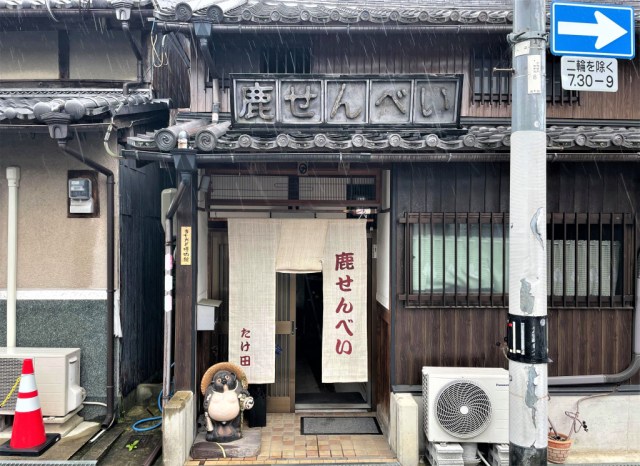
The oldest shika senbei maker in the city gives us an inside look and a fresh-cooked taste.
Nara has several temples, shrines, and statues of historical significance, but arguably the biggest draw to the city is its herds of deer which freely roam its central park and streets. Though they’re wild animals, the deer are an integrated part of the community, calmly and cheerfully interacting with human locals and visitors.
The deer are such a symbol of the city that they even have their own special snack, called shika senbei (“deer crackers”). It’s said that these deer treats were first made in the early Edo period (which began in 1603). Today, there are five companies that produce them, and our Nara-based reporter, K. Masami, paid a visit to the oldest one to see how they’re made.
▼ Deer crackers
Takeda Toshio Shoten’s history doesn’t quite stretch back to the feudal era, but it can trace its roots to the early Taisho era. As a matter of fact, when Nara’s Kasuga Grand Shrine made its first official proclamation designating authorized deer cracker makers back in 1917, Takeda Toshio Shoten was listed on the parchment, so they’ve got more than a century of industry experience.
Masami was met at the door by the current owner, Takeda-san, and as soon as she stepped through the doorway she could smell the aroma of roasting crackers. Following the scent to the back of the building, they arrived in the production area.
Unlike the delicious but highly processed snacks we humans stuff ourselves with, deer crackers are made from only three basic ingredients: rice bran, wheat, and water. Right at the start, these get stirred together by a mixing machine.
Once they’re blended smoothly together, the batter is transferred to the grilling machine, where it drips into circular molds.
After the molds are filled, the line advances and a hot iron plate comes swinging down, flattening the batter out and flat-grilling the crackers.
“Would you like to try a fresh-cooked one?” Takeda asked, and Masami was initially hesitant. Deer crackers are deer snacks, not people ones, right? But then she thought about the ingredients. Rice and wheat are both edible, right? If anything, they’re healthy, and there’s no added salt, sugar, or oil to deer crackers either.
So she took a bite, and…
…it was surprisingly tasty! With no extra flavorings, she’d expected it to be bland, but the fresh-cooked deer cracker had a delicious graininess to it, plus a satisfying crunch and comforting warmth.
“And here’s a room-temperature one, for comparison,” Takeda said, handing her a second helping, and this time the sensation was far more “animal feed” than “people food.” Cooled down, the harsher notes of the flavor profile start to stand out, so if you’re going to eat a deer cracker for some reason, Masami highly recommends making it one that’s fresh off the line.
Once the crackers are cooked, the next step is packaging. They’re sold in stacks of 10, held together by a strip of paper furnished by the Nara Deer Preservation Foundation in exchange for a fee that’s used to fund deer welfare programs.
Masami noticed that each strip was sealed using a glue-like adhesive, and Takeda explained that this is a special substance that not only holds the paper together, but is also safely digestible by deer, in case they happen to bite off a piece of the wrapper.
As Masami said her goodbyes to Takeda and his staff, she couldn’t help smiling at how much care and craftsmanship goes into the deer crackers, despite the incredibly low price they sell for, and if you’d like to visit Takeda Toshio Shoten for yourself, tour reservations can be made by phone at the number listed below.
Location information
Takeda Toshio Shoten / 武田俊男商店
Address: Nara-ken, Nara-shi, Narazaka-cho 2476-2
Telephone: 0742-22-4853
Photos ©SoraNews24
● Want to hear about SoraNews24’s latest articles as soon as they’re published? Follow us on Facebook and Twitter!
[ Read in Japanese ]

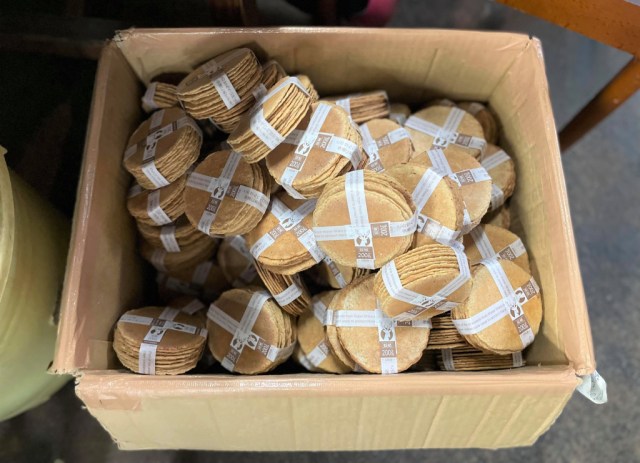
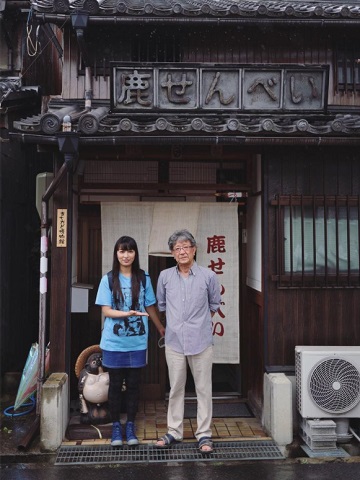
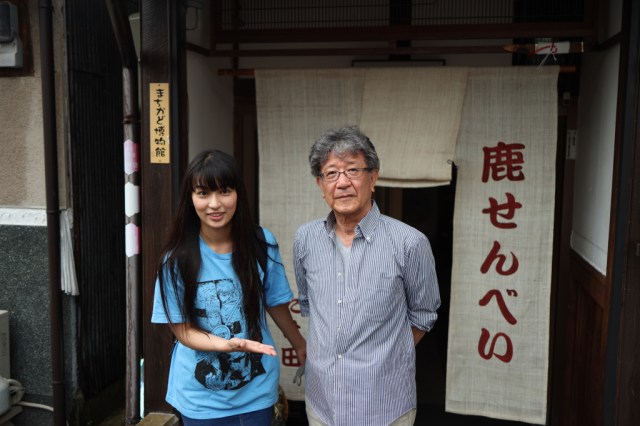
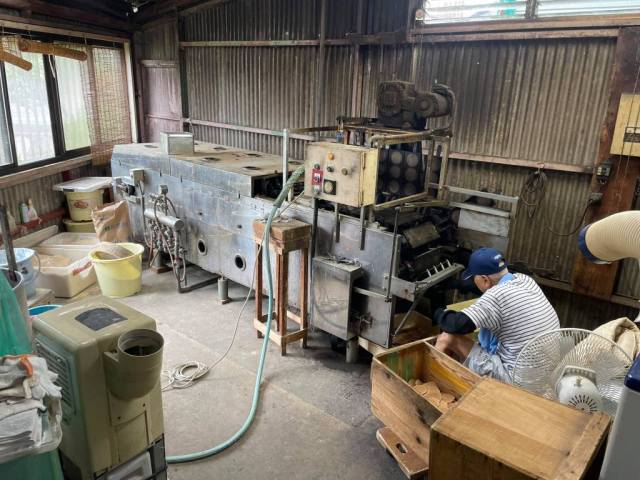
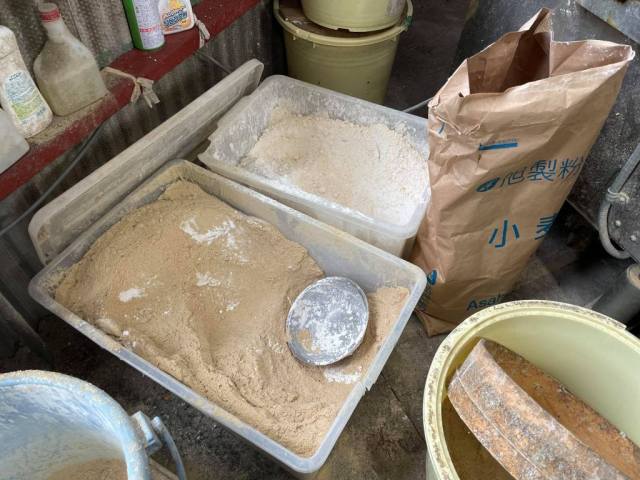
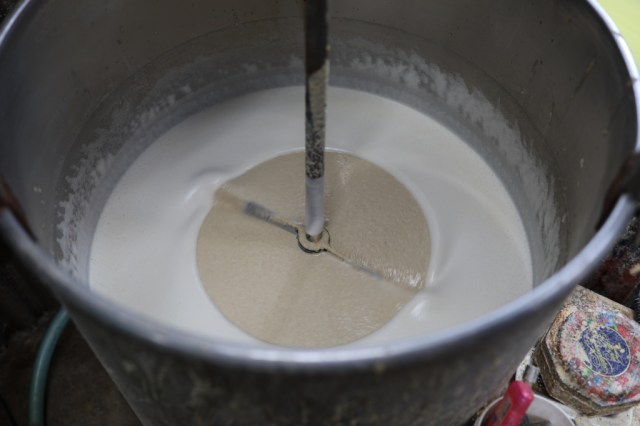
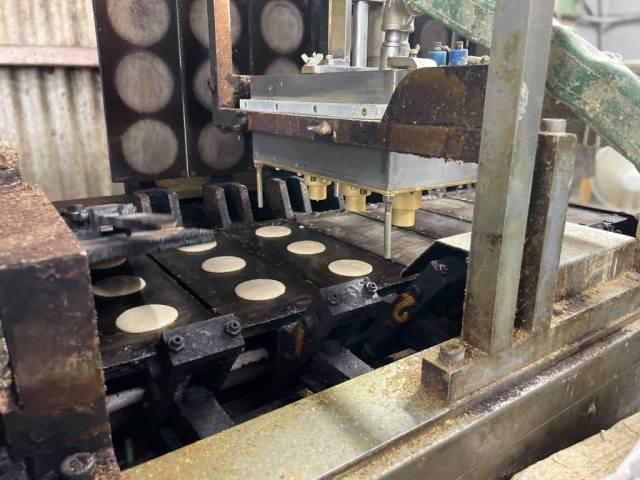
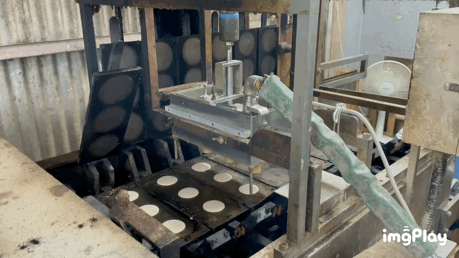
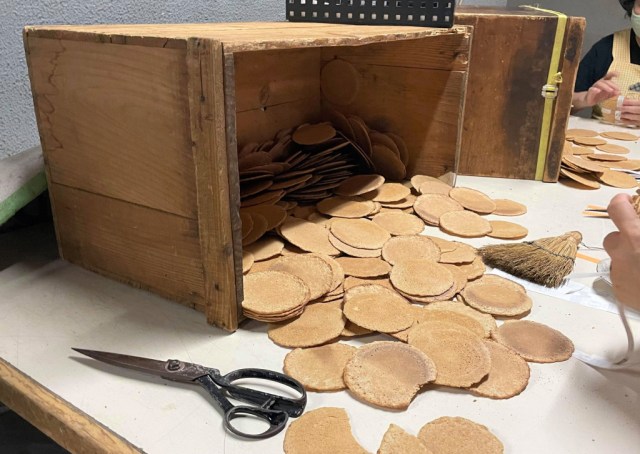
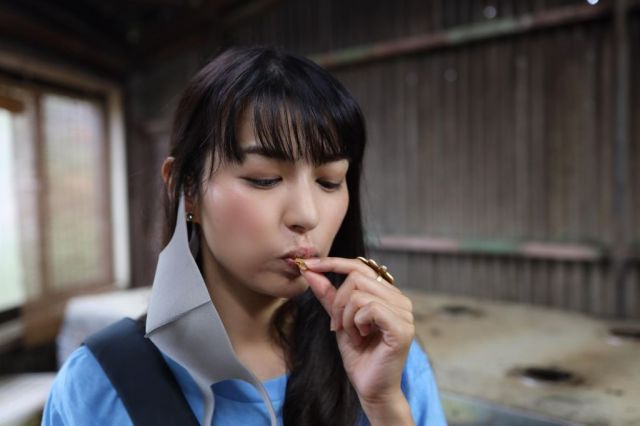
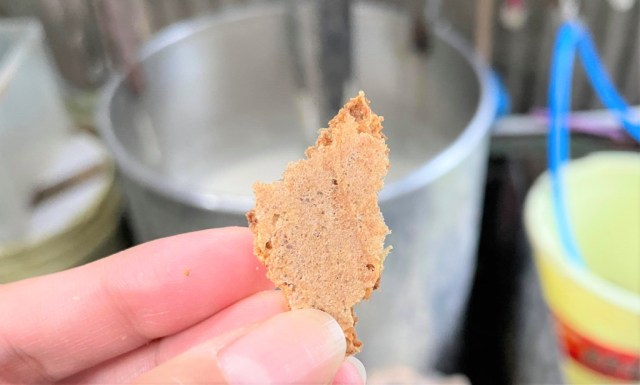
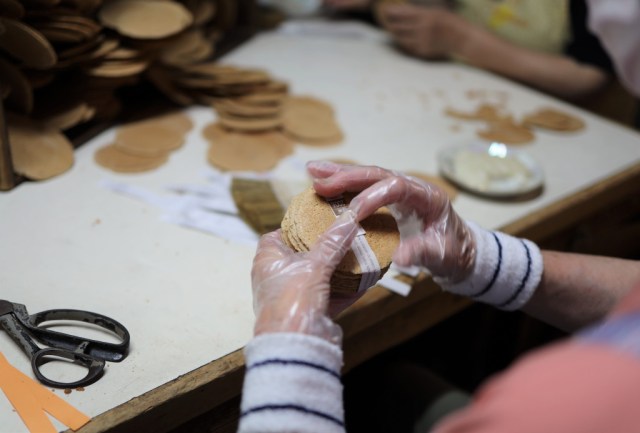
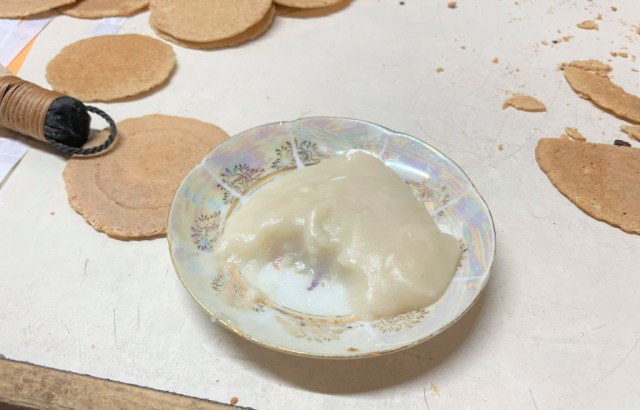
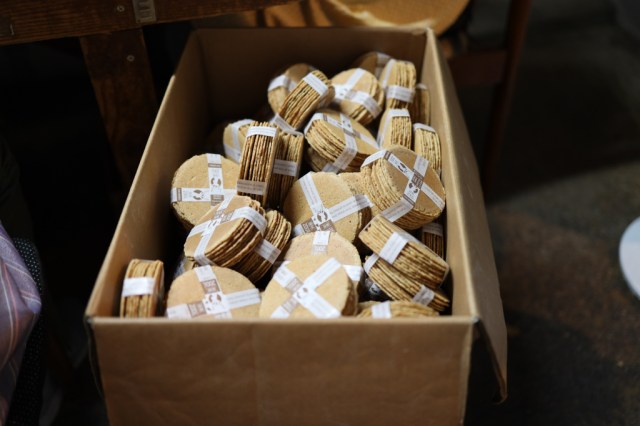
 Deer in Nara Park outnumber visitors, display baffling summer gathering behaviour
Deer in Nara Park outnumber visitors, display baffling summer gathering behaviour Increased tourist numbers in Nara Park are affecting the size of its deer population
Increased tourist numbers in Nara Park are affecting the size of its deer population Nara deer “addicted” to rice crackers, lose weight with no tourists to feed them
Nara deer “addicted” to rice crackers, lose weight with no tourists to feed them Nara unveils new vending machines that sell deer crackers
Nara unveils new vending machines that sell deer crackers Nara deer shikadamari mystery deepens as tourists return to Nara park
Nara deer shikadamari mystery deepens as tourists return to Nara park Japan’s new difficult-to-drink-from beer glass protects your liver, but it’s a brutal experience
Japan’s new difficult-to-drink-from beer glass protects your liver, but it’s a brutal experience How to order snacks on a Shinkansen bullet train in Japan
How to order snacks on a Shinkansen bullet train in Japan New samurai glasses are Japan’s latest weird must-have souvenir
New samurai glasses are Japan’s latest weird must-have souvenir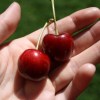 “Deflowering” services for virgin women are now a thing in Japan, apparently
“Deflowering” services for virgin women are now a thing in Japan, apparently Doraemon found buried at sea as scene from 1993 anime becomes real life【Photos】
Doraemon found buried at sea as scene from 1993 anime becomes real life【Photos】 Burger King Japan suddenly adds Dr. Pepper and Dr. Pepper floats to its menu nationwide
Burger King Japan suddenly adds Dr. Pepper and Dr. Pepper floats to its menu nationwide Hello, cosmetics! Clinique teams up with Hello Kitty this summer for first-time collaboration
Hello, cosmetics! Clinique teams up with Hello Kitty this summer for first-time collaboration Princesses, fruits, and blacksmiths: Study reveals the 30 most unusual family names in Japan
Princesses, fruits, and blacksmiths: Study reveals the 30 most unusual family names in Japan High-fashion Totoro cuddle purse is like an elegant stroll in the forest【Photos】
High-fashion Totoro cuddle purse is like an elegant stroll in the forest【Photos】 Demon Slayer: Kimetsu no Yaiba gets new roller coaster attractions and food at Universal Studios Japan
Demon Slayer: Kimetsu no Yaiba gets new roller coaster attractions and food at Universal Studios Japan Nintendo history you can feel – Super NES, N64, and GameCube controllers become capsule toys
Nintendo history you can feel – Super NES, N64, and GameCube controllers become capsule toys “The most Delicious Cup Noodle in history” – Japan’s French Cup Noodle wins our heart【Taste test】
“The most Delicious Cup Noodle in history” – Japan’s French Cup Noodle wins our heart【Taste test】 Starbucks releases a cute Frappuccino and Unicorn Cake…but not in Japan
Starbucks releases a cute Frappuccino and Unicorn Cake…but not in Japan Kyoto Tower mascot termination reveals dark side behind cute Japanese characters
Kyoto Tower mascot termination reveals dark side behind cute Japanese characters McDonald’s Japan’s Soft Twist Tower: A phantom ice cream only sold at select branches
McDonald’s Japan’s Soft Twist Tower: A phantom ice cream only sold at select branches Yabai Ramen: What makes this Japanese ramen so dangerous?
Yabai Ramen: What makes this Japanese ramen so dangerous? Finally! Nintendo Japan expands Switch 8-bit controller sales to everybody, Online member or not
Finally! Nintendo Japan expands Switch 8-bit controller sales to everybody, Online member or not Japanese government wants to build luxury resorts in all national parks for foreign tourists
Japanese government wants to build luxury resorts in all national parks for foreign tourists To combat declining birth rate, Japan to begin offering “Breeding Visas” to foreigners
To combat declining birth rate, Japan to begin offering “Breeding Visas” to foreigners 10 things you should buy at 7-Eleven in Japan
10 things you should buy at 7-Eleven in Japan Studio Ghibli releases anime heroine cosplay dresses that are super comfy to wear
Studio Ghibli releases anime heroine cosplay dresses that are super comfy to wear Woman charged for driving suitcase without a license in Osaka
Woman charged for driving suitcase without a license in Osaka Studio Ghibli unveils My Neighbour Totoro miniature house model
Studio Ghibli unveils My Neighbour Totoro miniature house model Kyoto experiencing problems with foreign tourists not paying for bus fares, but not on purpose
Kyoto experiencing problems with foreign tourists not paying for bus fares, but not on purpose Fighting mild hunger with a Japanese soda that turns into jelly in the stomach【Taste test】
Fighting mild hunger with a Japanese soda that turns into jelly in the stomach【Taste test】 Studio Ghibli’s Howl’s Moving Castle tapestry unveiled in Japan for first time
Studio Ghibli’s Howl’s Moving Castle tapestry unveiled in Japan for first time McDonald’s new Happy Meals offer up cute and practical Sanrio lifestyle goods
McDonald’s new Happy Meals offer up cute and practical Sanrio lifestyle goods Sales of Japan’s most convenient train ticket/shopping payment cards suspended indefinitely
Sales of Japan’s most convenient train ticket/shopping payment cards suspended indefinitely Sold-out Studio Ghibli desktop humidifiers are back so Totoro can help you through the dry season
Sold-out Studio Ghibli desktop humidifiers are back so Totoro can help you through the dry season Japanese government to make first change to romanization spelling rules since the 1950s
Japanese government to make first change to romanization spelling rules since the 1950s Foreigner’s request for help in Tokyo makes us sad for the state of society
Foreigner’s request for help in Tokyo makes us sad for the state of society Ghibli founders Toshio Suzuki and Hayao Miyazaki contribute to Japanese whisky Totoro label design
Ghibli founders Toshio Suzuki and Hayao Miyazaki contribute to Japanese whisky Totoro label design Tokyo’s most famous Starbucks is closed
Tokyo’s most famous Starbucks is closed The poo from Nara Park’s deer is changing because of the coronavirus pandemic
The poo from Nara Park’s deer is changing because of the coronavirus pandemic Deer killed by man with axe in Nara
Deer killed by man with axe in Nara Deer in Nara Park mysteriously disappear during this year’s shikadamari season
Deer in Nara Park mysteriously disappear during this year’s shikadamari season Nara deer leave park, head to station for food as tourist numbers tumble due to coronavirus
Nara deer leave park, head to station for food as tourist numbers tumble due to coronavirus During Golden Week rush, Nara deer so overwhelmed with rice crackers they wear them as hats
During Golden Week rush, Nara deer so overwhelmed with rice crackers they wear them as hats Nara deer stampede into marathon, hit runner in their path
Nara deer stampede into marathon, hit runner in their path Nara’s “deer cookie” rice crackers get their first price increase in 28 years
Nara’s “deer cookie” rice crackers get their first price increase in 28 years Nara deer dies with four kilos of plastic in its stomach, tourists cautioned to feed animals properly
Nara deer dies with four kilos of plastic in its stomach, tourists cautioned to feed animals properly Nara Park’s first baby deer of the year has been born, is totally adorable【Video】
Nara Park’s first baby deer of the year has been born, is totally adorable【Video】 Nara asks visitors to stop feeding the deer
Nara asks visitors to stop feeding the deer Why isn’t there more deer poo in Nara Park? This very strange museum has the answer【Photos】
Why isn’t there more deer poo in Nara Park? This very strange museum has the answer【Photos】 Why deer are drawn to train tracks, and how Japan is solving the problem with this simple block
Why deer are drawn to train tracks, and how Japan is solving the problem with this simple block Green tea ice cream from Nara combines everything we love about the city into one cute dessert
Green tea ice cream from Nara combines everything we love about the city into one cute dessert Nara, Japanese city famous for its streets of tame deer, begins culling program within city
Nara, Japanese city famous for its streets of tame deer, begins culling program within city Nara considering increasing number of deer that can be killed each year, expanding culling zone
Nara considering increasing number of deer that can be killed each year, expanding culling zone Nara’s deer continue their summertime tradition of commandeering one of the city’s streets
Nara’s deer continue their summertime tradition of commandeering one of the city’s streets
Leave a Reply